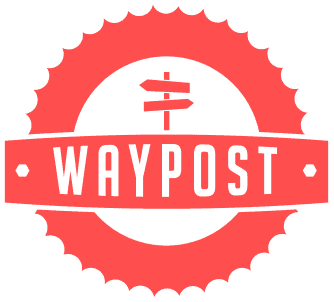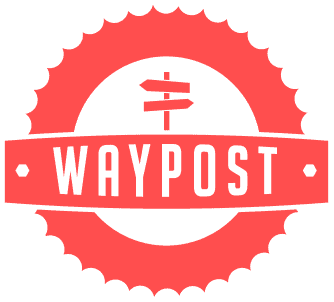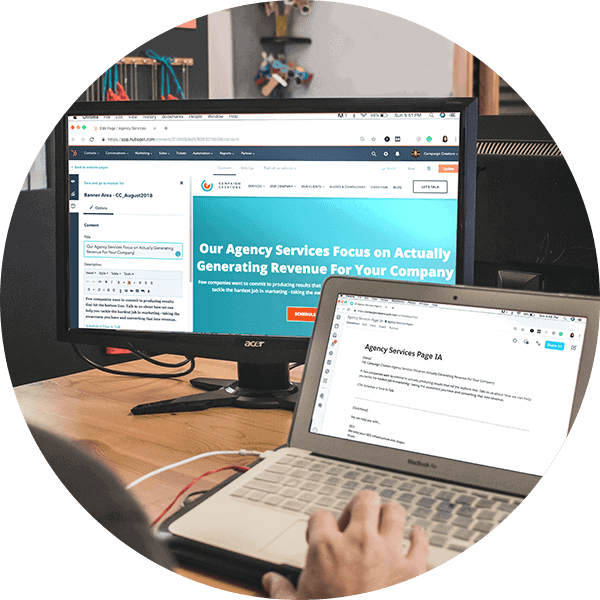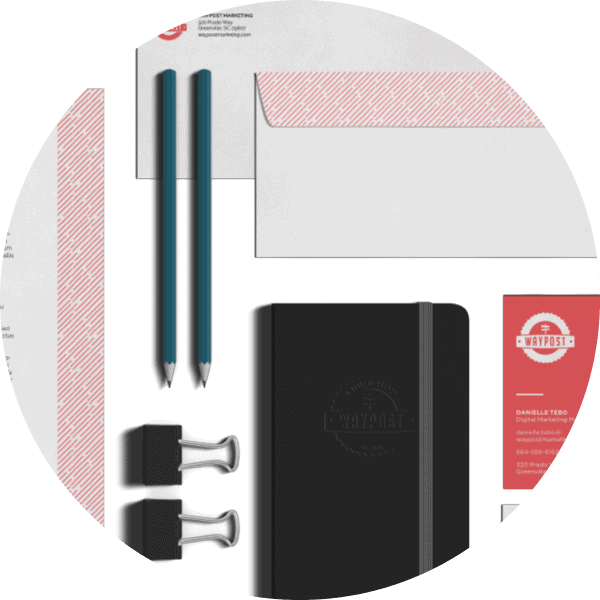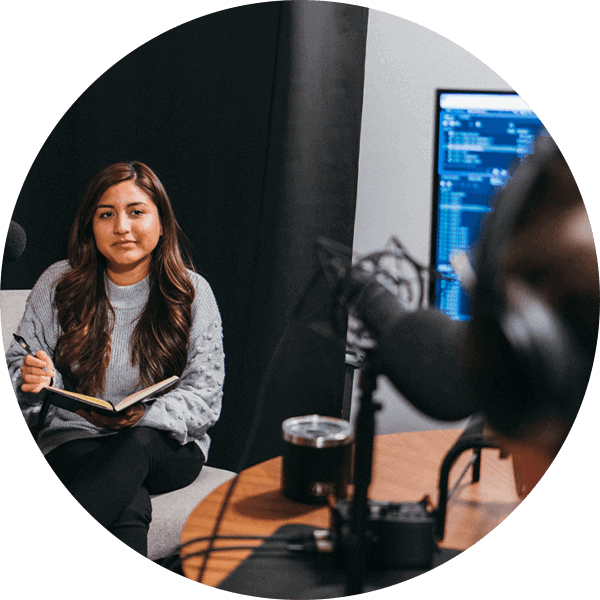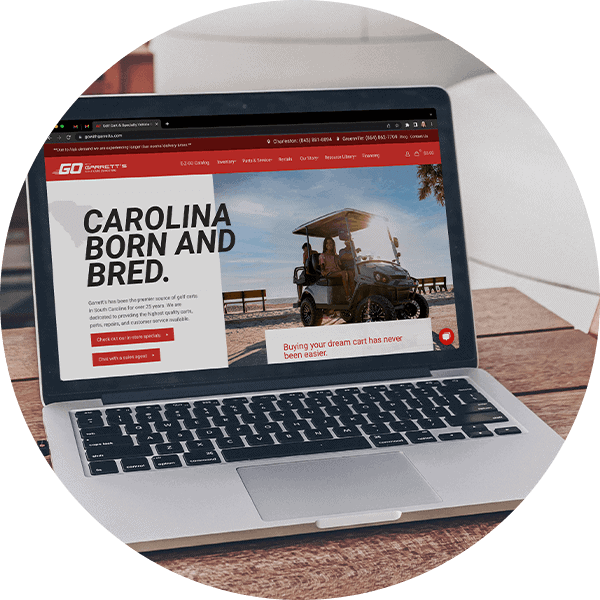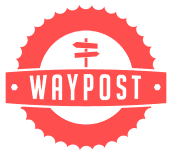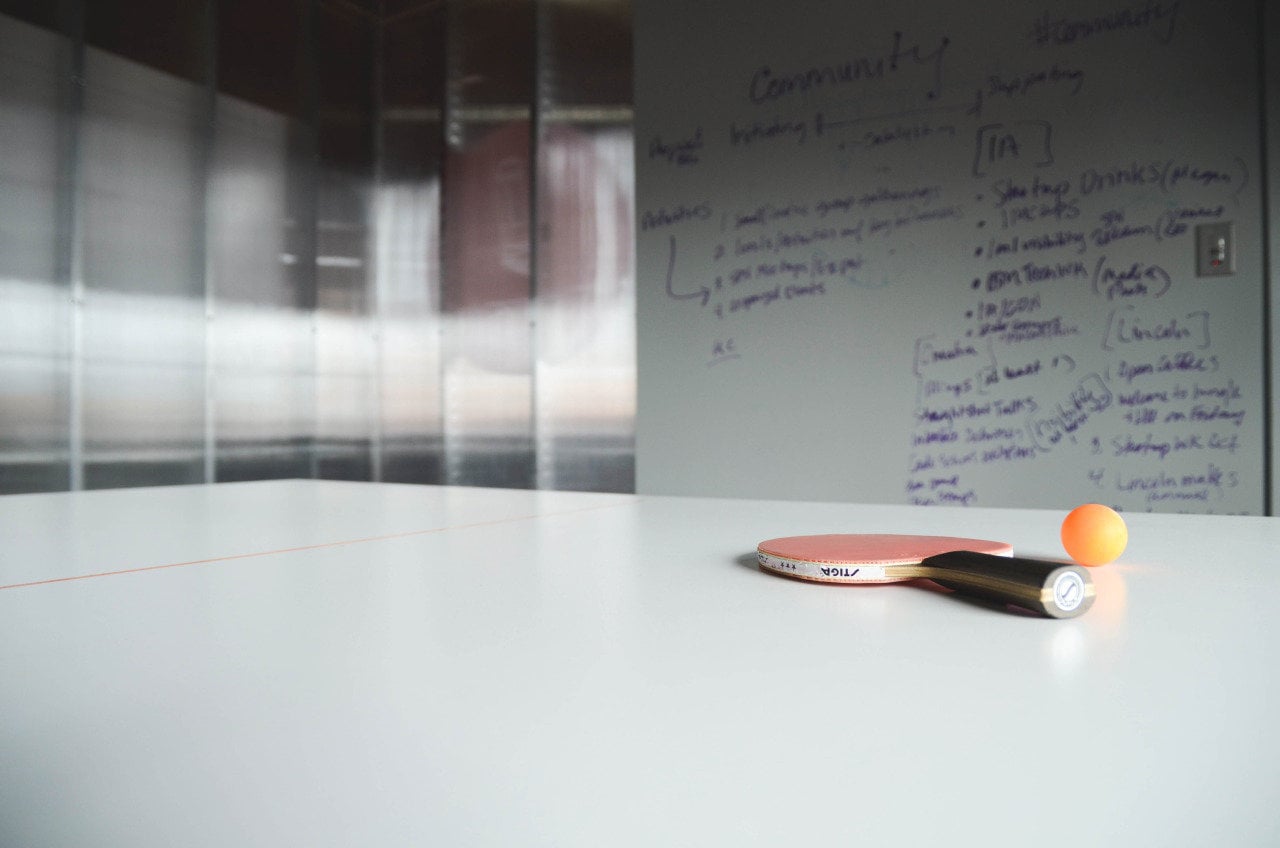
What Is A Good Bounce Rate?
February 19, 2015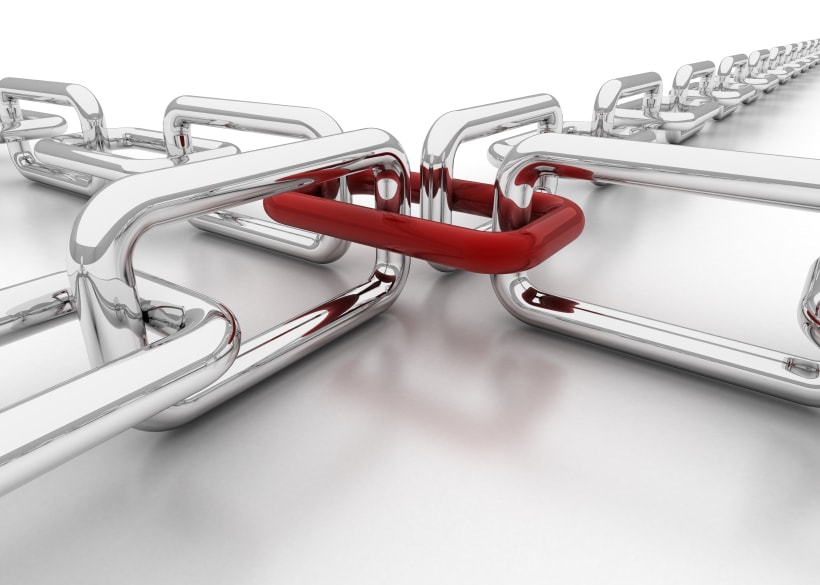
Where Is A Good Place To Buy Backlinks?
March 13, 2015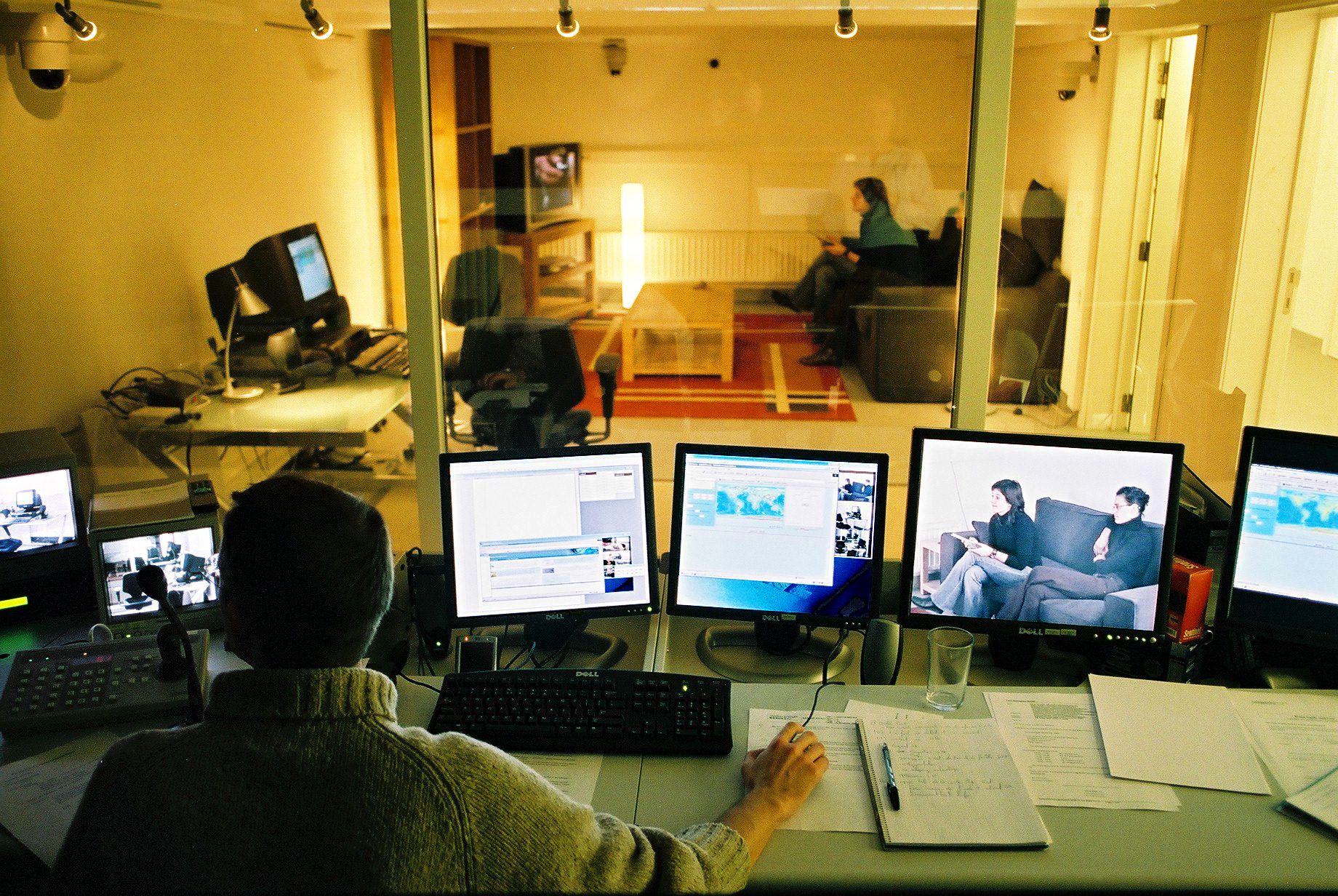 We’ve covered research and prototyping, and now we actually have a fleshed out design to work with. It’s time to do some testing. Usability testing is the last step in the UX design cycle (I say cycle because testing often results in more research and prototyping) and, sadly, is an often ignored part of the equation for one simple reason – nobody wants to pay for it. While it is true that whole-hog usability testing is expensive, you don’t need 100 strangers in a room with two-way glass to test a website. There are many ways to accomplish small scale usability testing with zero added cost, and I would highly recommend these practices to any small firm or sole-proprietor for whom proper testing is not an option.
We’ve covered research and prototyping, and now we actually have a fleshed out design to work with. It’s time to do some testing. Usability testing is the last step in the UX design cycle (I say cycle because testing often results in more research and prototyping) and, sadly, is an often ignored part of the equation for one simple reason – nobody wants to pay for it. While it is true that whole-hog usability testing is expensive, you don’t need 100 strangers in a room with two-way glass to test a website. There are many ways to accomplish small scale usability testing with zero added cost, and I would highly recommend these practices to any small firm or sole-proprietor for whom proper testing is not an option.
Use the site yourself. A lot.
It’s amazing to me that there are designers who don’t use their sites at all before launching. That’s like writing a book and then failing to proofread any of it. The simplest way to perform usability testing without spending a dime is by using the site yourself. You should already have a list of every possible function of the site from your research. Take those functions and perform them over and over again in different scenarios and conditions. How easy is it to accomplish those goals? Where could you possibly condense the process by a step or two? How does the experience change if you land on a subpage rather than the home page? Don’t forget to take notes!
Call on your friends/spouse/co workers for help.
Since you are the designer, you already know your site very well. Take the same situations you tested on yourself and give them to someone who hasn’t seen the site before. I guarantee you’ll get different answers this time. Don’t forget to take notes!
Launch with some A/B testing in place.
Since you can’t afford to pay for A/B testing on a sample group before you launch, do it for free after you launch. I would reserve this practice for sites where conversions carry a higher payout, but A/B testing, even if only for a month, is one of the cheapest and easiest usability tests you can possibly perform and has the potential for huge dividends.
If you find that your testing produces more problems than you hoped for, fear not! It only means that your design will be that much more effective in the end. Good UX designers never presume to know everything and rely on testing to validate their work. With these cheap and effective testing tools in your toolbox, you can join the ranks with them and begin producting more profitable results.
